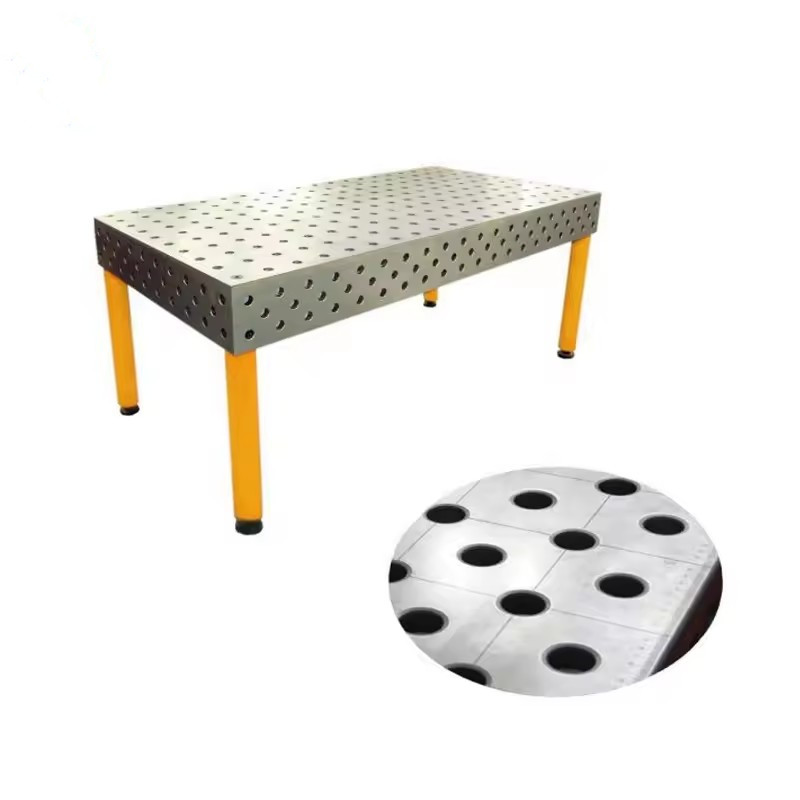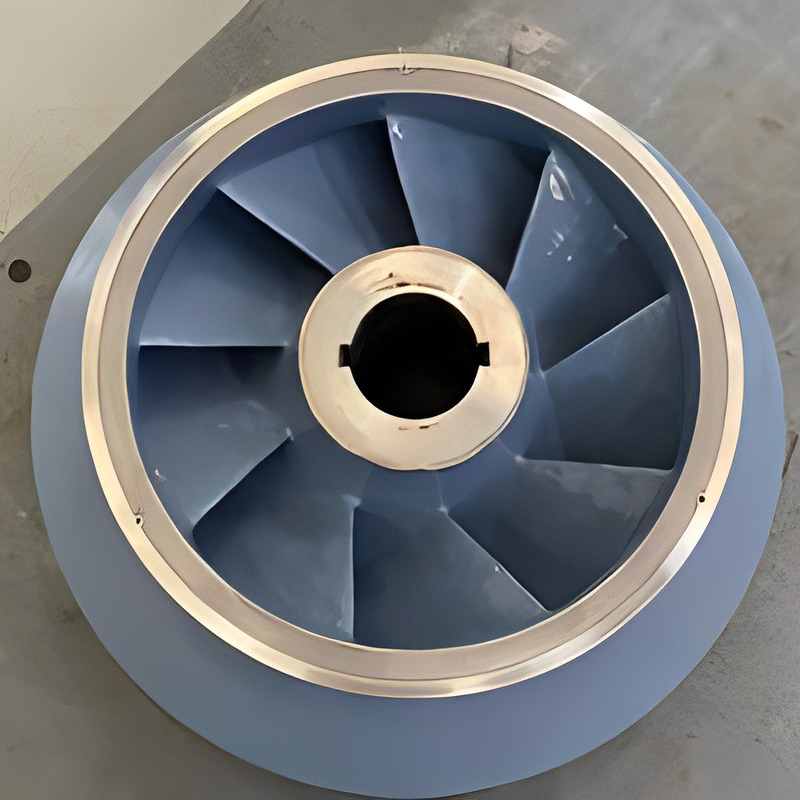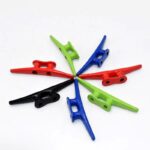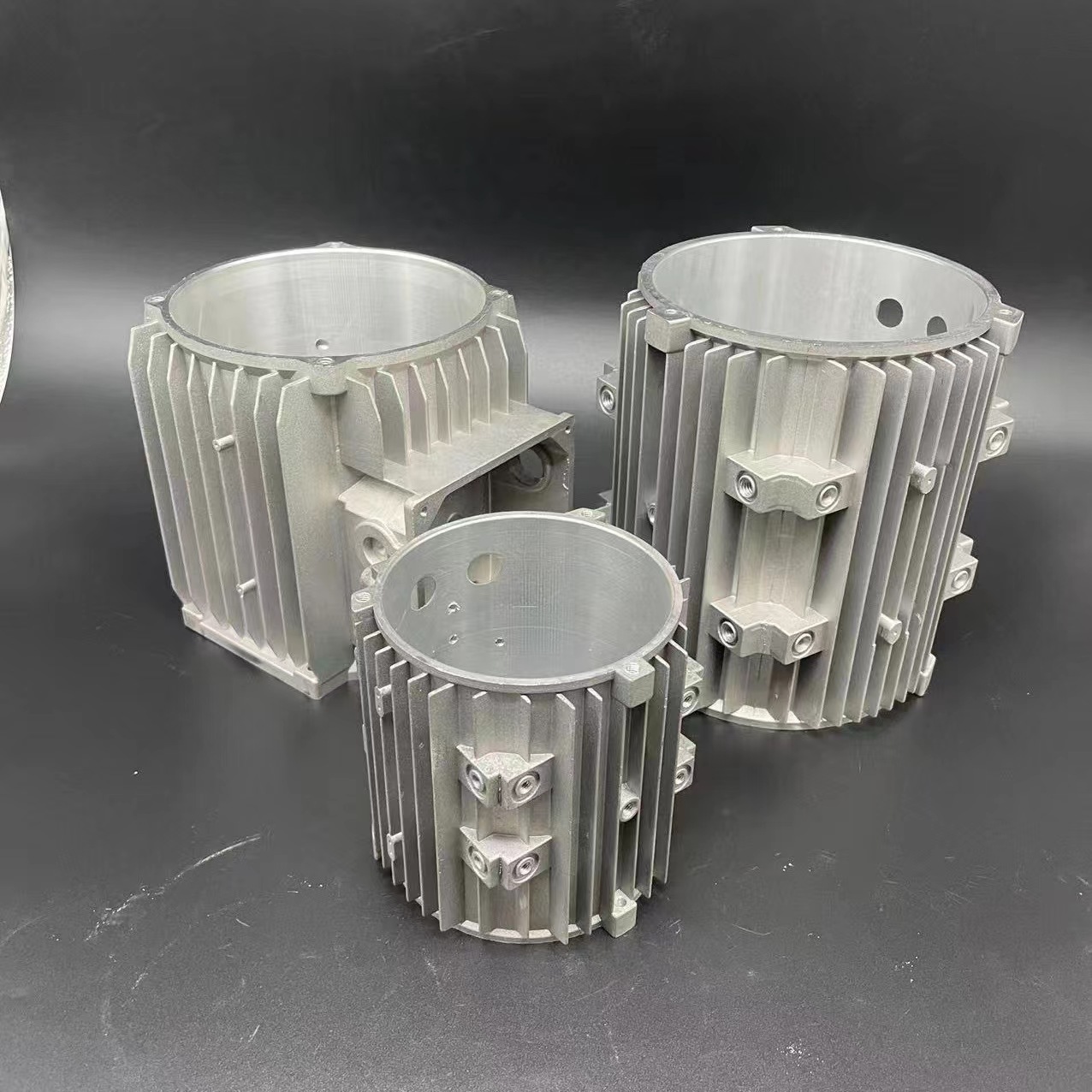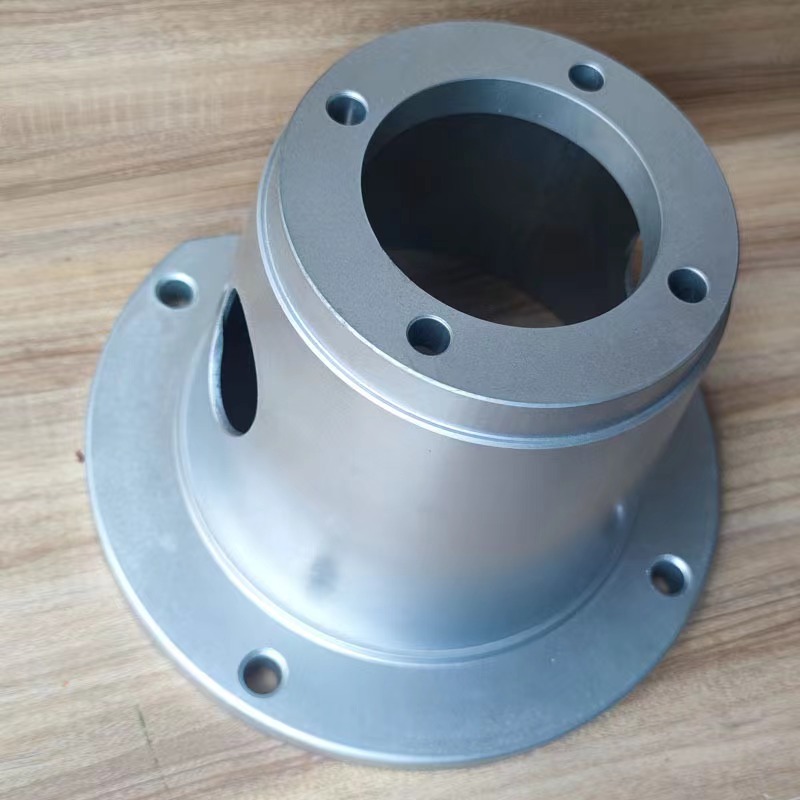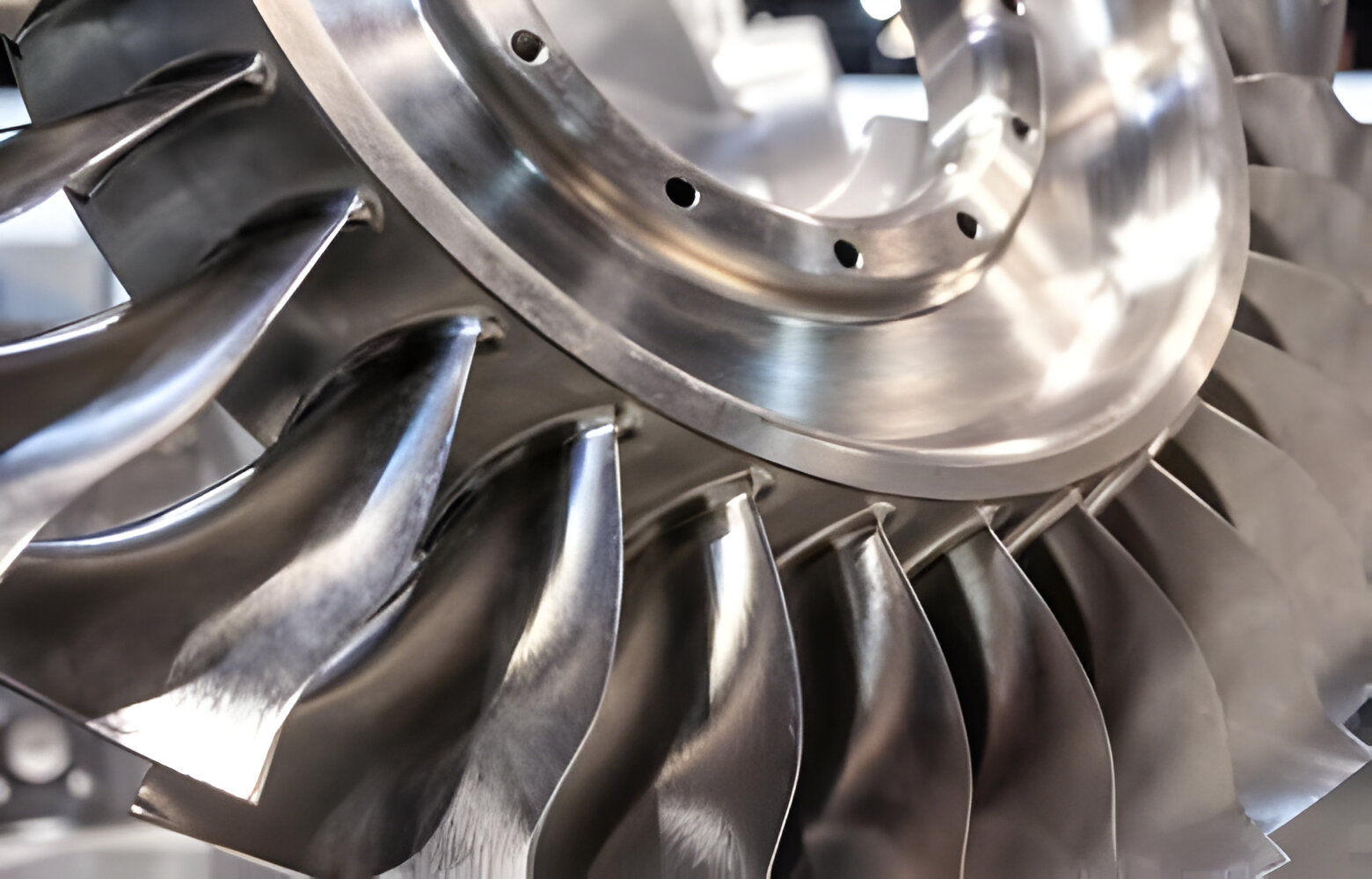In the world of fabrication and metalworking, the significance of a reliable and sturdy welding table cannot be overstated. Whether you are a professional welder or a hobbyist, the right metal welding table can enhance your productivity and ensure the precision of your work. This article delves into the various aspects of metal welding tables, highlighting the best materials, designs, and features that cater to different welding needs.
Choosing the Best Metal for Your Welding Table
The choice of metal for your welding table is crucial for both durability and functionality. The most commonly used metals include steel and aluminum. Steel tables are favored for their robustness and heat resistance, making them ideal for heavy-duty welding jobs. Aluminum tables, on the other hand, are lighter and resistant to corrosion, which makes them suitable for lighter projects and portable applications.
Design Features of Top Welding Tables
When selecting a welding table, consider the following design features:
- Flatness: A perfectly flat table top is essential for accurate metalwork. Top manufacturers ensure a flatness tolerance that contributes to the precision of your welding projects.
- Modularity: Some of the best welding tables offer modular capabilities, allowing you to customize the setup according to the specific requirements of different projects.
- Clamping System: An efficient clamping system is vital for securing the materials. Look for tables that provide versatile clamping options to handle various sizes and shapes of metal.
Applications and Scenarios
Metal welding tables are versatile and can be used in a variety of settings:
- Industrial Manufacturing: In industries where precision metalwork is crucial, such as automotive or aerospace manufacturing, robust steel welding tables are commonly used.
- Artistic Metalwork: For sculptors and artists working with metal, aluminum tables offer the maneuverability and resistance to corrosion that is often needed.
- Educational Settings: Technical schools and colleges benefit from modular welding tables that can be adapted for teaching different techniques and projects.
FAQs About Metal Welding Tables
- What is the best thickness for a welding table top?
- Typically, a thickness of 3/8 inch to 1/2 inch is recommended for optimal durability and heat resistance.
- Can I customize the size of my welding table?
- Yes, many manufacturers provide custom sizes to fit specific workshop spaces or project needs.
- How do I maintain my metal welding table?
- Regular cleaning and occasionally treating the table with a rust inhibitor will maintain its condition and functionality.
For those looking to purchase a high-quality metal welding table, visiting KT-Foundry's website offers access to a wide range of products that meet the highest standards in manufacturing excellence. Whether it’s a robust steel table for industrial applications or a lightweight aluminum table for portable needs, KT-Foundry provides tailored solutions that cater to diverse welding scenarios. Contact us today to discuss your specific requirements and how our products can enhance your welding efficiency and output.

